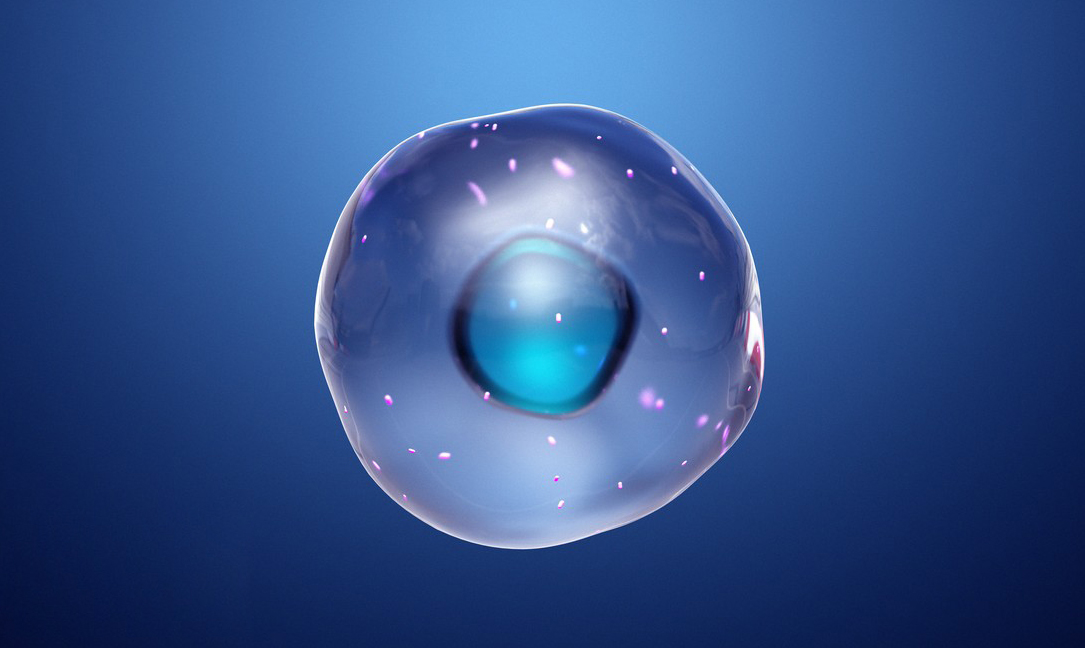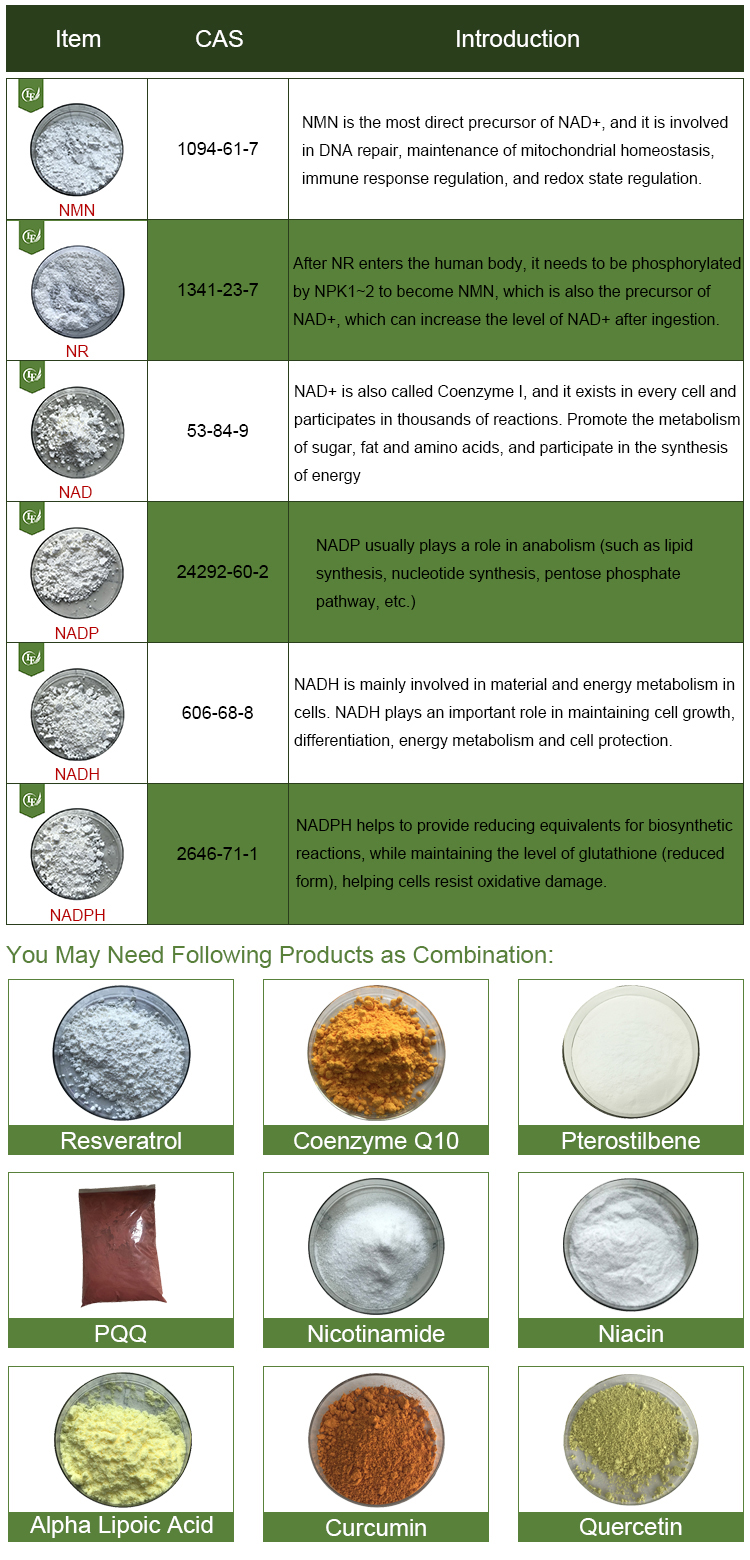Pyrroloquinoline Quinone (PQQ) is a redox cofactor that plays a crucial role in various biological processes. It is typically used as a supplement due to its potential health benefits. Here are the materials and methods involved in the synthesis and analysis of PQQ:
Materials of Pyrroloquinoline Quinone:
1.Starting Materials:
Glutamic acid or other suitable precursor
Appropriate reducing agents (if necessary)
Suitable solvents (e.g., water, organic solvents)
Appropriate reagents for protecting groups (if needed)
2.Chemical Reagents:
Chemical reagents for oxidation reactions (e.g., quinone precursors)
Acidic and basic reagents for pH adjustments
Catalysts and ligands (if required)

3.Purification Reagents:
Solvents for extraction and purification (e.g., hexane, ethyl acetate)
Column chromatography materials (e.g., silica gel, alumina)
Filtration and drying agents
4.Analytical Instruments:
High-performance liquid chromatography (HPLC) for compound analysis
Mass spectrometry (MS) for structural confirmation
Nuclear magnetic resonance (NMR) spectroscopy for compound characterization
UV-Vis spectrophotometer for absorbance measurements
Other relevant analytical instruments
Methods of Pyrroloquinoline Quinone:
1.Synthesis of Pyrroloquinoline Quinone:
Start with the appropriate precursor, which may involve protecting groups.
Synthesize the quinone ring system of PQQ through oxidation reactions.
Form the PQQ ring structure by condensation reactions.
Purify the synthesized product through various purification methods like column chromatography.
Confirm the structure of PQQ through NMR, MS, and other spectroscopic techniques.
2.Analysis of Pyrroloquinoline Quinone:
Quantify the concentration of PQQ using HPLC or UV-Vis spectrophotometry.
Confirm the identity of the compound using NMR and MS.
Ensure the purity of the compound through various analytical techniques.
Determine the stability of PQQ under various conditions (e.g., temperature, pH).
3.Characterization:
Characterize the physical properties of Pyrroloquinoline Quinone, including its solubility, melting point, and color.
Study the redox properties of Pyrroloquinoline Quinone using electrochemical methods.
4.Safety Considerations:
Follow appropriate safety protocols for handling chemicals and reagents.
Ensure proper disposal of waste materials, especially hazardous waste.
Adhere to laboratory safety guidelines to prevent accidents.

5.Scale-up and Production:
If the goal is to produce PQQ at a larger scale, optimize the synthesis and purification process accordingly.
Ensure consistency and quality control during large-scale production.
It’s important to note that the specific methods and reagents used for PQQ synthesis can vary depending on the synthetic route chosen and the desired form of PQQ (e.g., PQQ disodium salt). The synthesis of PQQ is a complex chemical process that requires expertise in organic chemistry and access to a well-equipped laboratory. Additionally, compliance with safety regulations and ethical standards in research is essential throughout the process.
